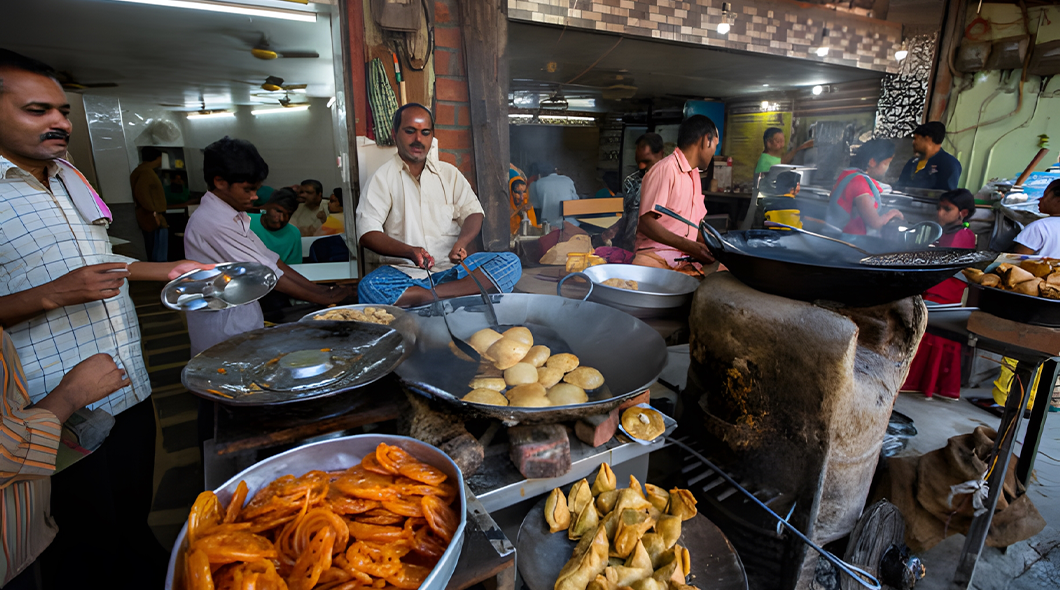Do you also wish to swap your office chair for a camping stool and your screen time for some starlit skies?
If yes, then let’s get ready for an outdoor adventure trip.
Preparing for an outdoor adventure trip is an exciting part of the journey itself. However, oftentimes, it can also get quite overwhelming for many like us.
But don’t you worry! In this blog, we will help you plan the perfect outdoor adventure trip.
Whether you’re planning a hike through a dense forest, a camping trip by a beautiful lake, or an adrenaline-pumping rock-climbing adventure, this brief guide will help you learn about all the crucial aspects you should be mindful of to ensure you’re well-prepared and can enjoy your adventure to the fullest.
Research Your Destination
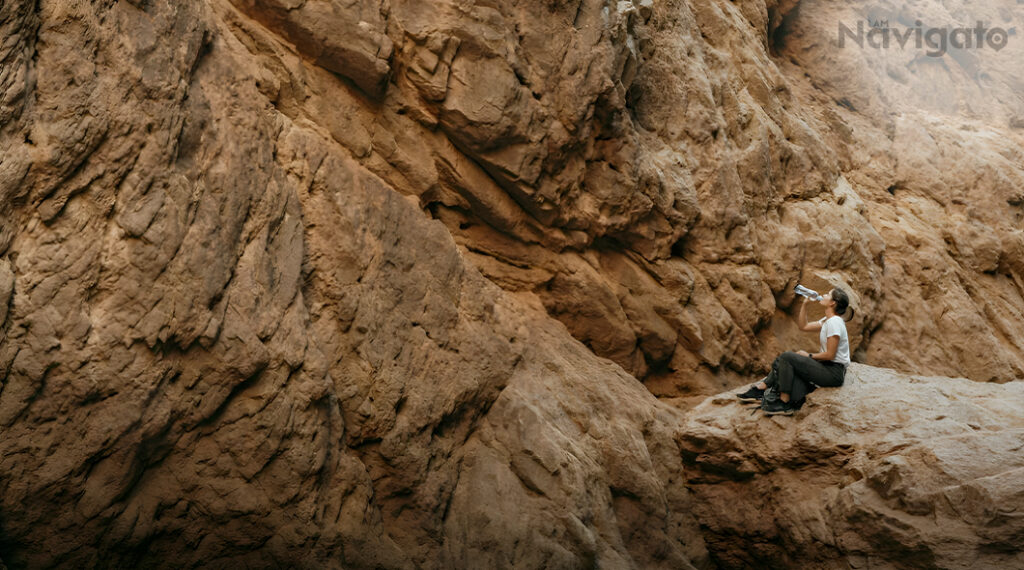
Research is your best friend when it comes to planning an outdoor trip.
Hence, before leaving, make sure to look up the location, read travel blogs, watch vlogs, and maybe even check out some books or documentaries about the place. Meanwhile, also pay attention to the terrain, weather conditions, and local wildlife. Knowing what to expect will help you pack appropriately and also prepare you mentally for the adventure ahead.
For instance, if you’re heading to a mountainous region, you’ll need different gear compared to a riverside camping trip.
Gear Up Wisely
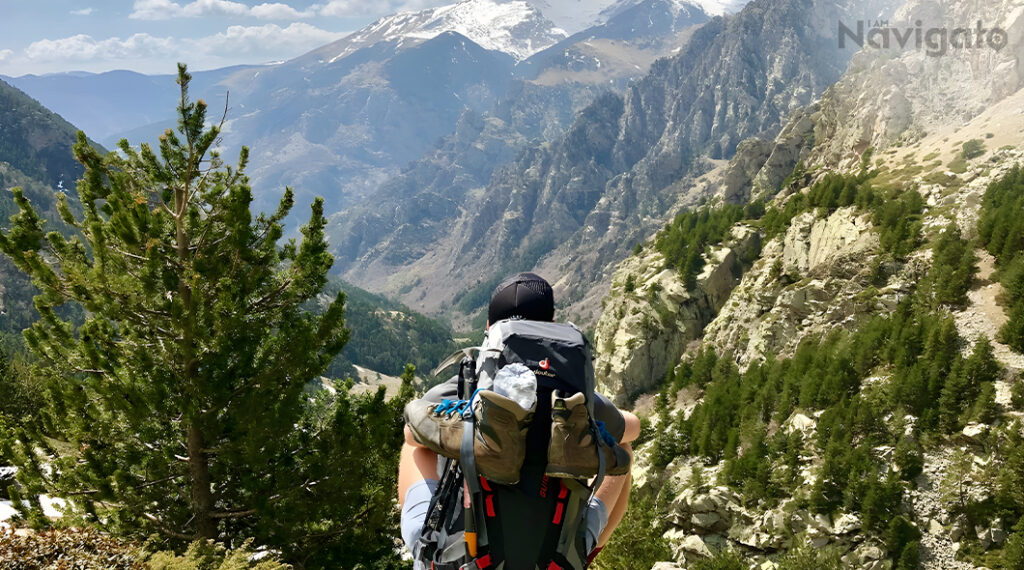
Your gear can make or break your outdoor adventure, so choose wisely.
Best is to start with the basics: a sturdy backpack, comfortable clothing, and reliable footwear.
When it comes to clothing, think of layers. Layering allows you to adjust your clothing to the changing weather conditions, keeping you warm when it’s cold and cool when it’s hot.
For hiking, invest in a good pair of hiking boots. Trust me, your feet will thank you after miles of rough terrain. However, just make sure to break them in before your trip to avoid blisters.
For camping, a good quality tent, sleeping bag, and sleeping pad are non-negotiable. Check that your tent is suitable for the weather conditions you might face and that it’s big enough to comfortably fit you and your gear.
Meanwhile, we’d also suggest you to test your gear before you head out. For instance, you can try setting up your tent in your backyard or a nearby park to make sure you know how to do it properly. Check that your stove works and that your sleeping bag is comfortable. Testing your gear beforehand will help ensure that you don’t face any surprises when you’re out in the wilderness.
And once you have got all this in place, don’t forget the smaller, but equally important items: a flashlight or headlamp, a first aid kit, and a multi-tool. A water filter or purification tablets can be lifesavers if you run out of clean water. And, of course, pack enough food and snacks to keep your energy levels up.
Plan Your Route and Itinerary
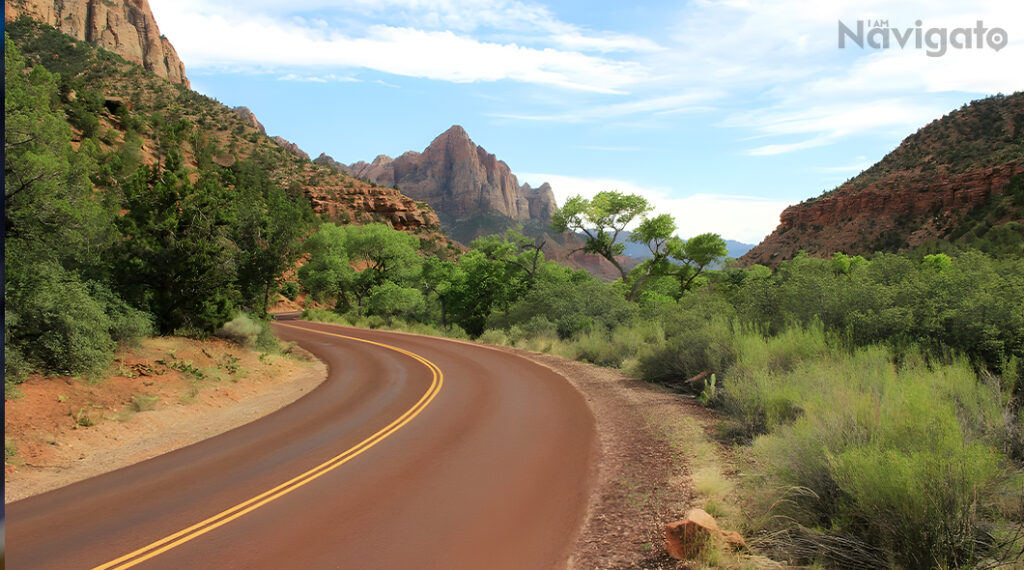
Mapping out your route is an equally important part of the preparation. Not only does it help you stay on track, but it also ensures you hit all the spots you want to see.
You can use maps, guidebooks, or GPS devices to plan your journey. Meanwhile, try to note the distances between points, the difficulty of the trails, and the estimated times it will take to travel between them.
However, we’d suggest you to build a flexible itinerary.
Reason?
While it’s good to have a plan, you have to be prepared to adjust it if necessary. Sometimes, you might find a beautiful spot where you want to spend more time, or you might need to take a detour due to unexpected obstacles. Flexibility can make your adventure more enjoyable and less stressful.
Physical Preparation
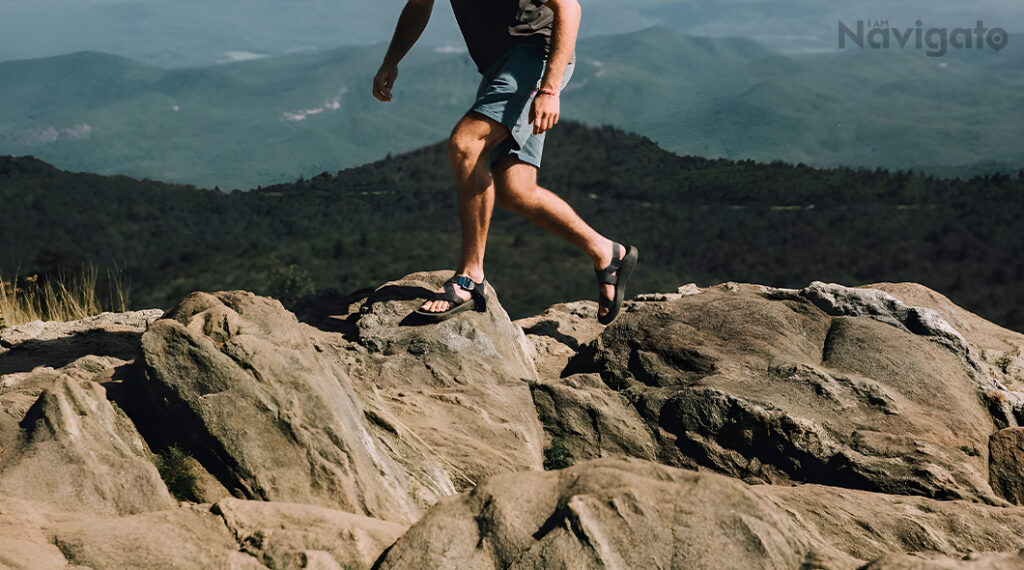
This might not come out as obvious to you, but it is important.
Depending on the intensity of your outdoor adventure, a bit of physical preparation can go a long way.
If you’re planning a strenuous hike or climb, start conditioning your body weeks or even months in advance. This may include going on long walks, and regular exercise, especially cardio and strength training, which can improve your stamina and reduce the risk of injuries.
Pack Smart

Packing smart is an art. It’s about finding the balance between bringing everything you need and keeping your load light.
But what’s the trick to mastering that art?
Start by making a packing list and stick to it.
Here’s a tip: lay out everything you think you need, then remove the non-essentials. This can help you avoid overpacking.
Next, organize your gear so that the items you’ll need most frequently are easily accessible. For example, keep snacks, water, and your map or GPS at the top of your backpack. Use compression bags or packing cubes to save space and keep things organized.
When it comes to food, consider meals that are lightweight but high in energy. Dehydrated meals, trail mixes, energy bars, and nuts make for a great option here. Meanwhile, don’t forget to pack enough water or have a plan for water purification if you’re relying on natural water sources.
Safety First
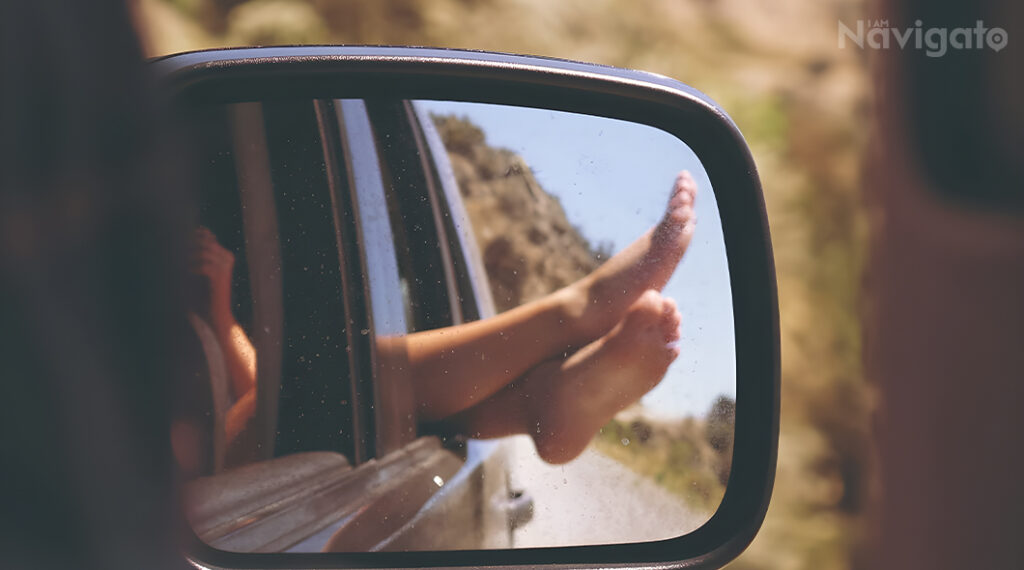
Safety should always be a priority on any adventure.
Hence, before you go, make sure someone knows your plans, including your route and expected return time. This way, if something goes wrong, help will know where to find you.
Apart from this, brush up on some basic first aid skills. Knowing how to treat common injuries like cuts, sprains, and blisters can be very helpful on outdoor adventure trips. And if you’re going to a remote area, consider taking a more comprehensive first aid course.
More so, always carry a first aid kit that includes bandages, antiseptic wipes, tweezers, pain relievers, and any personal medications. You can also keep a whistle, a mirror for signaling, and even a fire starter as they can turn out really helpful in case of emergencies.
Leave No Trace
If you love traveling, then understand that it’s our responsibility to protect the natural beauty of the places we visit.
Hence regardless of the place you are visiting, always follow the Leave No Trace principles to minimize your impact on the environment. This includes everything from packing out all your trash, and staying on marked trails to being mindful of wildlife.
Respecting the local ecosystem will help ensure that these beautiful places remain pristine for future adventurers. Plus, it makes for a more enjoyable experience when nature is left undisturbed.
Mental Preparation
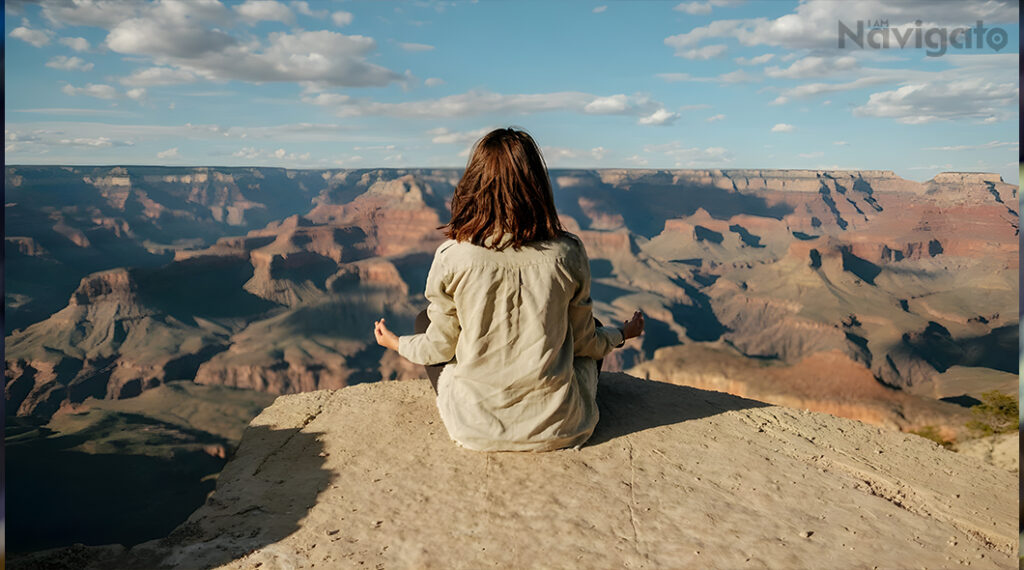
Equally important as physical preparation is getting in the right mindset for your adventure. You know, outdoor trips can be quite unpredictable. You might face unexpected challenges like bad weather, difficult terrain, or even just the discomfort of being away from modern conveniences. Hence, preparing mentally can help you stay calm and positive when things don’t go as planned.
Nonetheless, always try to embrace the adventure with an open mind. Remember that part of the excitement of outdoor trips is the unknown and the opportunity to overcome new challenges.
Therefore, stay flexible, and don’t let minor setbacks ruin your experience. Instead, see them as part of the story you’ll tell when you get back.
Know the Local Regulations

Different places have different rules and regulations for outdoor activities. Some areas may require permits for camping or hiking, while others might have restrictions on campfires or wildlife interactions.
Therefore, make sure you’re familiar with the local regulations of the area you’re visiting. This not only helps protect the environment but also ensures you don’t run into any legal issues during your trip.
Respect Wildlife

One of the joys of outdoor adventures is the chance to encounter wildlife. However, it’s important to respect these creatures and keep a safe distance.
Never feed wild animals, as this can disrupt their natural behaviors and make them dependent on human food. Meanwhile, also make sure to keep your food stored securely to avoid attracting animals to your campsite.
If you’re in bear country, learn about bear safety. This includes knowing how to store food and scented items properly and what to do if you encounter a bear. Remember, you’re a guest in their home, so act accordingly.
Stay Connected, Safely

While the idea is to disconnect from the digital world, it’s wise to have a way to communicate in case of emergencies.
So, always carry a fully charged phone and a portable charger. In remote areas, a satellite phone or a personal locator beacon (PLB) can be a lifesaver. These devices can send emergency signals and your location to rescue services if you’re in trouble.
Prepare for Weather Changes

Mother Nature can be unpredictable. Be prepared for sudden weather changes by packing waterproof gear and extra layers. Even if the forecast looks clear, weather in mountainous or forested areas can change rapidly. A lightweight rain jacket, a hat, and gloves can keep you comfortable if the weather takes a turn.
Practice Good Hygiene

Staying clean while enjoying the great outdoors might sound a bit difficult but is possible with a few simple steps.
For this, pack biodegradable soap for washing your hands, dishes, and yourself. You can also carry some wet wipes as they often come in handy for quick clean-ups. Remember to brush your teeth and use the restroom at least 200 feet away from any water sources to avoid contamination.
Besides, proper waste disposal is crucial. Pack out all your trash, including food scraps and hygiene products. If you’re in a remote area without restroom facilities, dig a small hole at least 6-8 inches deep to bury human waste, and pack out used toilet paper in a sealed bag.
Stay Hydrated and Nourished
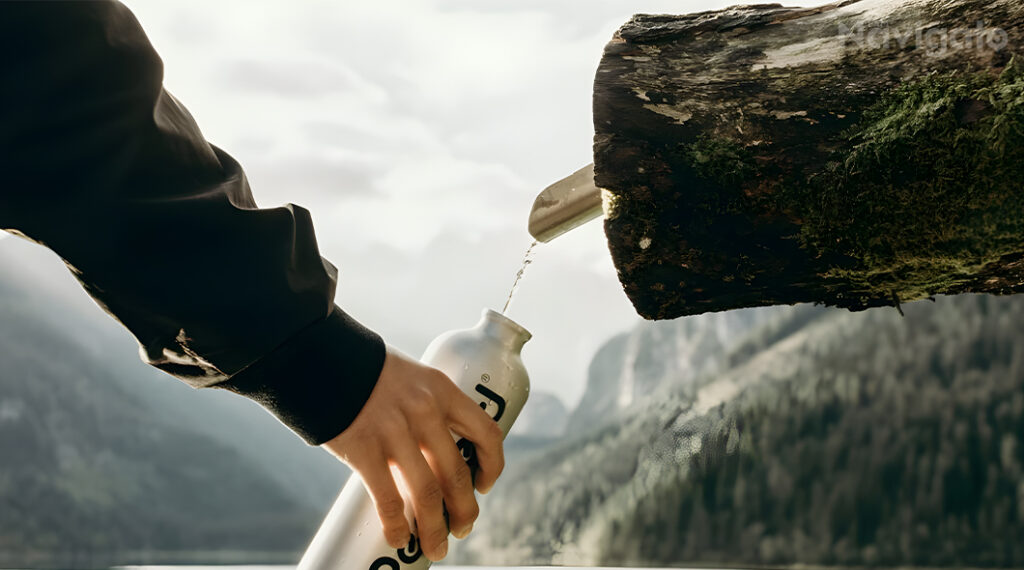
Staying hydrated is essential during any outdoor adventure. Bring plenty of water and have a plan for refilling your supply, such as using a water filter or purification tablets. Dehydration can sneak up on you, especially when you’re physically active, so drink water regularly.
When it comes to food, plan for high-energy meals and snacks. Nuts, dried fruit, jerky, and energy bars are excellent for keeping your energy levels up. If you’re camping, plan simple meals that require minimal cooking and clean-up. Instant oatmeal, pasta, and rice dishes can be both filling and easy to prepare.
Enjoy the Journey

The essence of an outdoor adventure is not just about reaching your destination but also about enjoying the journey. Take breaks to sit and appreciate the scenery, listen to the sounds of nature, and savor the peace and quiet. Whether you’re hiking up a challenging trail or sitting by a campfire under the stars, these moments are what make the experience special.
Meanwhile, also try to engage with fellow adventurers you meet along the way. Sharing stories and tips with other outdoor enthusiasts can enhance your trip and create lasting memories. Plus, you might learn about hidden gems and secret spots that aren’t on the maps.
Embrace the Experience
Finally, remember to enjoy yourself! An outdoor adventure trip is a fantastic way to disconnect from the hustle and bustle of daily life and reconnect with nature. Take the time to soak in the beauty around you, breathe in the fresh air, and appreciate the simplicity of life outdoors.
Document your journey with photos and a journal. Capturing these moments can help you remember the experience and share your adventure with others. Plus, it’s a great way to reflect on what you’ve learned and how you’ve grown during the trip.
Takeaway
So, this was a brief guide to help you prepare for your next outdoor adventure trip. Hope it helps you with a better traveling experience that allows you to get the best of nature.

